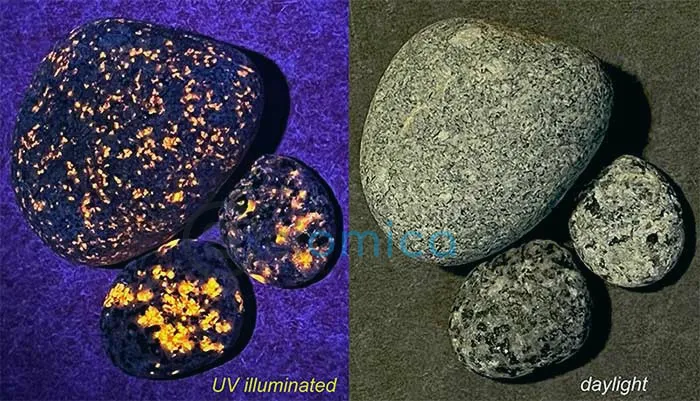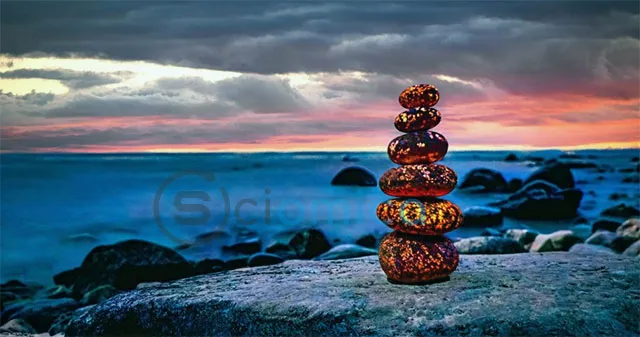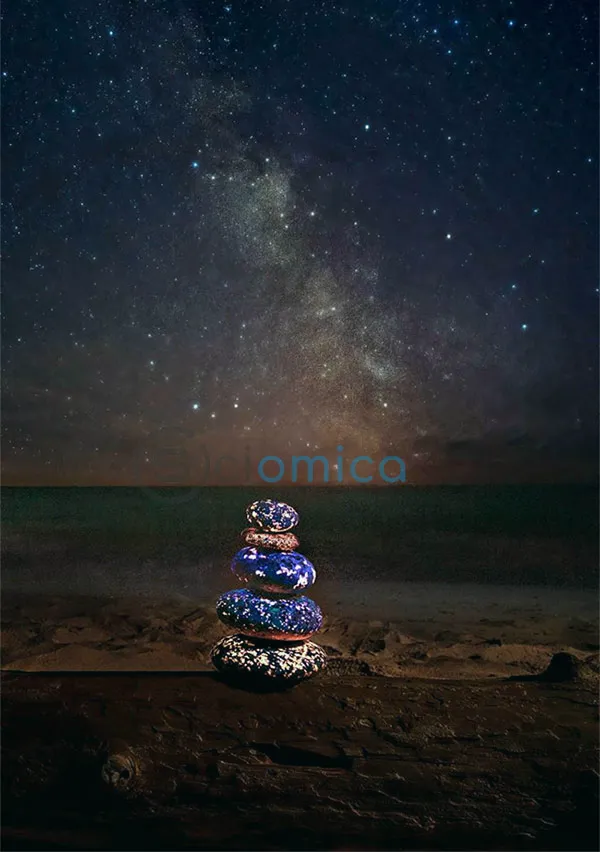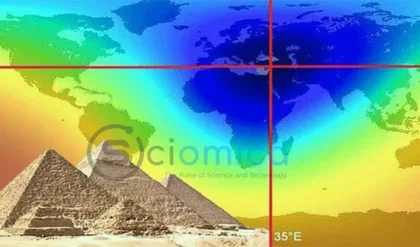Yooperlites, also known as Glowdalites, are luminous stones found in Michigan’s Upper Peninsula. They are a type of syenite rock that contains a high concentration of sodalite, a mineral that glows under ultraviolet (UV) light. Yooperlites come in various colors, including orange, yellow, green, and blue.
These unique stones were first discovered in 2017 by Erik Rintamaki, a gem hunter in Michigan. While searching for stones along Lake Superior’s shore at night using a UV flashlight, he noticed some rocks brightly glowing in different colors.
Having never seen anything like them before, Rintamaki decided to send some samples to Michigan Technological University and the University of Saskatchewan for analysis. They confirmed that these rocks are syenite with sodalite impurities and likely formed about 1.1 billion years ago during volcanic activity.
Researchers from Michigan Technological University and the University of Saskatchewan studied these stones to understand their composition and origin. In a publication on Mineral News, they declared that the stones are syenite with sodalite content. They contain several minerals, such as microcline feldspar, sodalite, nepheline, cancrinite, and pyroxene, which contribute to Yooperlite’s special glow when exposed to UV light.
Rintaki named them Yooperlites, a term referring to the residents of Michigan’s Upper Peninsula, known as Yoopers. He even trademarked the name and began selling the stones online and at exhibitions. He also organized tours and workshops to teach people how to find and identify Yooperlites. His discovery sparked significant interest and excitement among rock enthusiasts and the media.
But why do these stones glow? As mentioned, it’s because they contain a high concentration of sodalite, a blue mineral in the silicate group often found in igneous rocks like syenite and granite, formed from molten magma. Yooperlites look ordinary in daylight, but under UV light, they reveal their hidden beauty.
Yooperlites can mainly be found along the shores of Lake Superior in Michigan, especially in areas like Grand Marais, Paradise, Whitefish Point, and Brimley. They can also be found inland in places where glacial deposits have carried them. According to Earthlymission, they can be found throughout most of the Great Lakes in the U.S. and scattered in various locations worldwide. However, finding them is not easy, as they blend with other rocks and gravel.

The best way to find Yooperlites is to use a UV flashlight with a wavelength of 365 nanometers (nm), which is the optimal frequency for sodalite fluorescence. It’s also necessary to search at night or in dark conditions, as daylight can obscure their glow. It is advisable to wear protective eyewear and gloves when handling UV sources, as they can harm your eyes and skin.
When you spot a glowing rock, you can pick it up for a closer look. You might use a magnifying glass to examine the details of the sodalite crystals. You may be surprised by the variety of colors and patterns Yooperlites display under UV light.
Yooperlites formed through a combination of volcanic eruptions and glacial movement. They originated about one billion years ago during a dramatic geological period when North America attempted to split apart. A continental rift formed, leading to unimaginably large volcanic eruptions that produced 360,000 cubic miles of lava—an eruption that created a lava ocean deeper than 1,700 feet. Despite this activity, the rift ultimately failed to separate North America, with much of it lying beneath Lake Superior today. The last ice age, around 10,000 years ago, pushed these glowing stones south, leaving behind the Yooperlites we find today.
However, be cautious, as collecting stones in national parks or along national lakeshores is strictly prohibited by law. You also cannot collect or keep Yooperlites from private land without the landowner’s permission. The same applies to historical sites such as parks or designated conservation areas.







